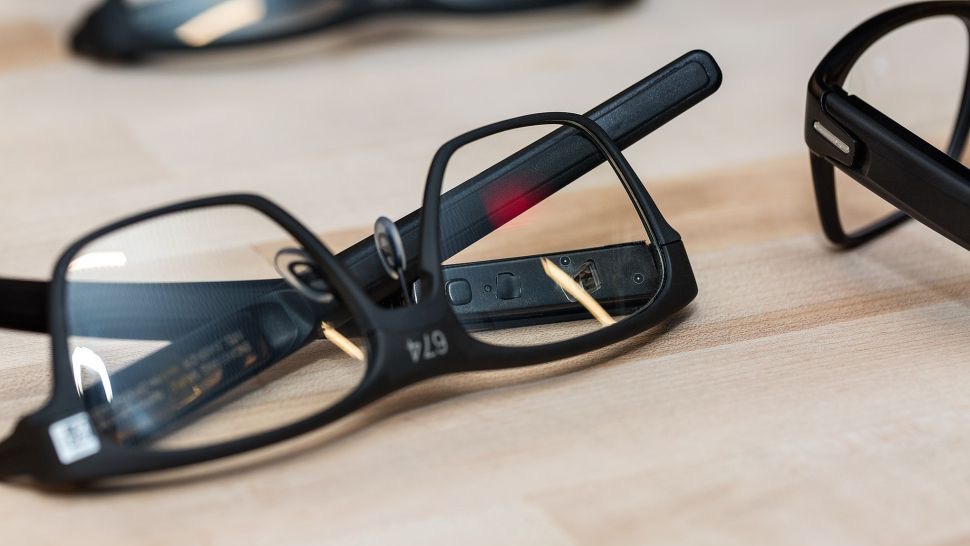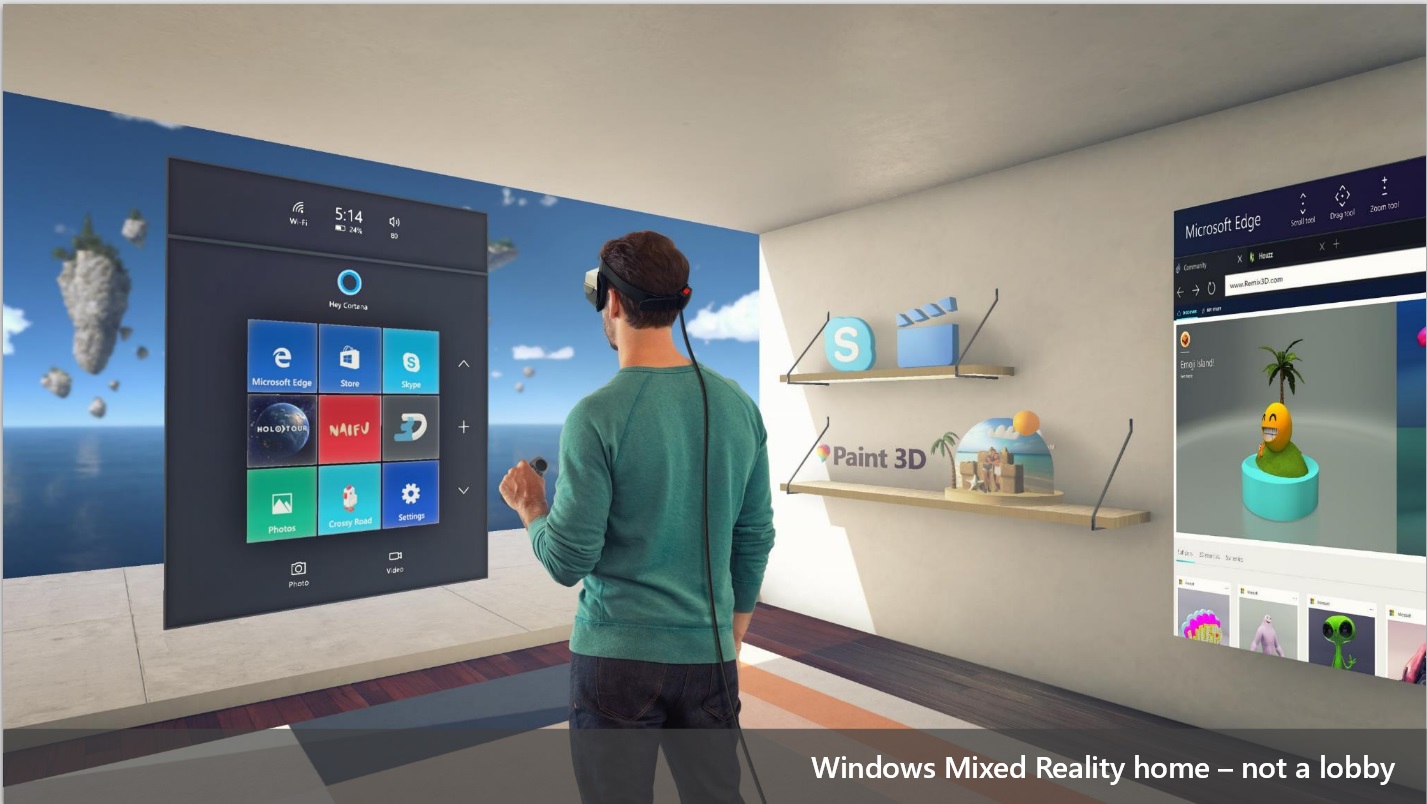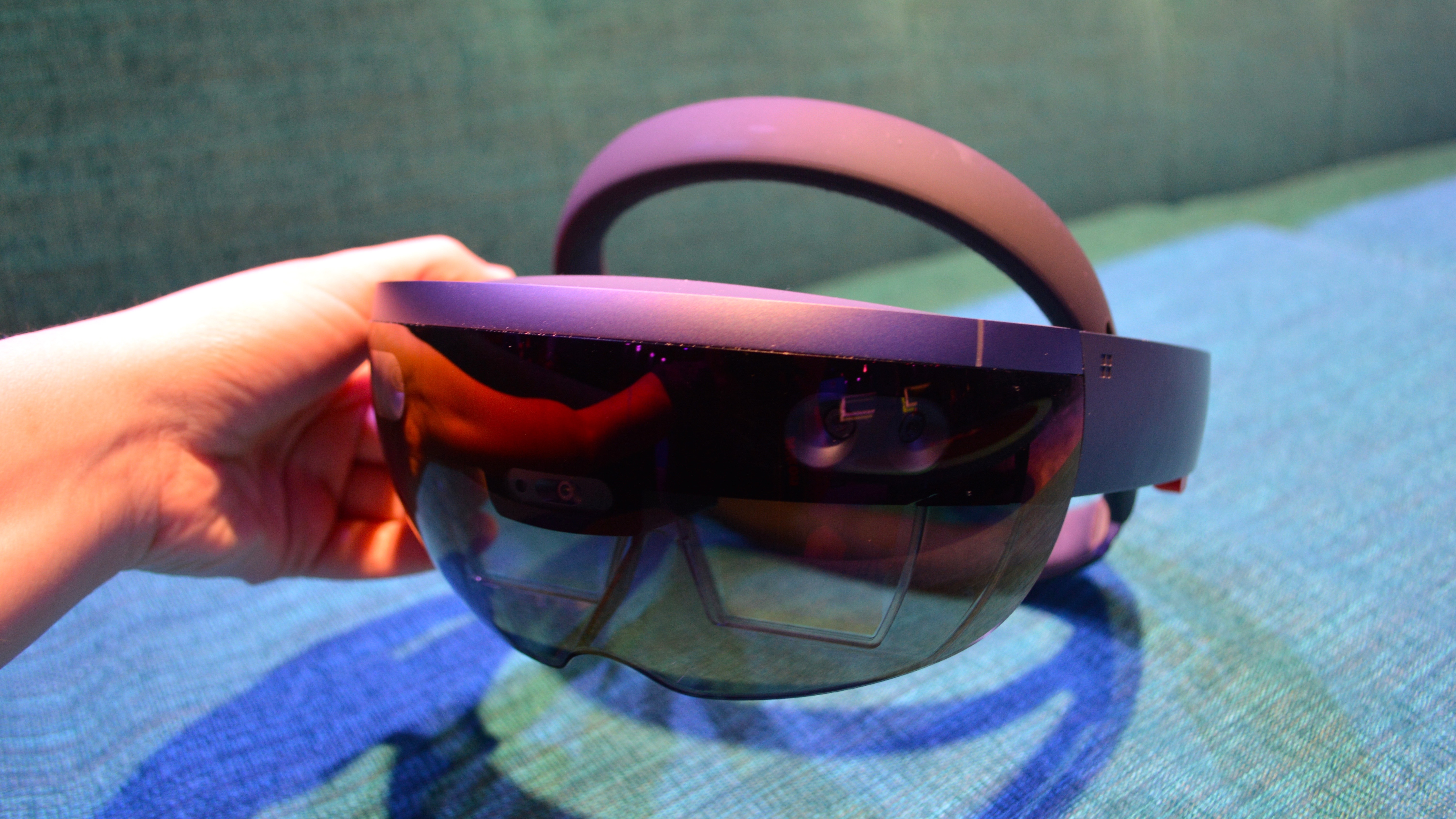How Intel’s smart glasses could succeed where Google Glass failed
Are we at risk of succumbing to 'Glasshole Syndrome' all over again?

Image credit: Vjeran Pavic/The Verge
When Google Glass first came onto the scene around 2013, the future for smart glasses seemed bright. They were tipped to be a sleek pair of smart specs that would send you notifications from your phone, allow you to record your experiences and give you full control of their teeny tiny display with teeny tiny gestures, as well as much more.
The tech was exciting, the concept was the stuff of our sci-fi dreams and with Google at the helm, what could possibly go wrong? Well, a lot. The execution failed to live up to the hype in a multitude of ways. From the fact they looked a bit, well, naff, through to them costing well over a £1000/$1000, raising issues about privacy and consent and being worn by “Glassholes”.
Now with a huge range of mixed reality eyewear being developed, and entering the market, there’s a new breed of smart glasses that have the potential to succeed where Google Glass failed. And one of the newest and most exciting prototypes comes from Intel.
Developed by Intel’s New Design Group (NDG), the latest smart glasses offering is called Vaunt. With a super simple interface, minimal design that you might actually like to wear and non-intrusive notification system are these finally the specs to bring smart eyewear to the mainstream?
Looking the part
Let’s not pretend that the way tech for your face looks isn’t one of the most important factors here. Especially considering the design of the Google Glass was arguably one of the main reasons it didn’t catch on with the general public.
At around 50g the Vaunt glasses are lighter than most of the smart eyewear and AR headsets we’ve come across to date. But they also look very different too. Although there are a few different styles to choose from, it seems clear that NDG has taken cues from minimal, regular glasses rather than trying to create something that looks ‘futuristic’ (and, in turn, ironically dated).
Sign up for breaking news, reviews, opinion, top tech deals, and more.
It’s hard to say without trying a pair of the Vaunt glasses on myself, but according to first-hand reports from The Verge, they don’t just look like a regular pair of specs, they feel like them too. So far so good.

Behind the lenses
I know what you’re thinking. To create a pair of glasses you might want to actually wear surely means sacrifices have had to be made to performance and tech, right? This is where the Vaunt glasses are a little different to Google Glass, as well as other, more advanced AR headsets, like the Microsoft HoloLens.
Right now they’re designed solely for displaying notifications and basic information directly to your eyes. In early examples that includes text messages, recipes and directions, but of course once developers can create new apps there could be lots more scope.
If the idea of having all those mind-numbingly boring group WhatsApp chats delivered directly to your eyeball sounds scary, like an idea directly from the notebook of Charlie Brooker and not to mention really bloody irritating, you’re not alone.
But ironically, tech designed to serve up notifications already on your phone elsewhere, like on a smartwatch, can actually leave you with more time and energy to experience more without looking at a screen. However, with the proliferation of wrist-bound wearables designed to show you notifications and basic data do you really want the equivalent of the Apple Watch strapped to your forehead? Many of us may not know the answer to that question until we try it ourselves.
But rather than replacing smartphone screens and being always on, there’s a case for them to be with you when you need them the most instead. For example, at work to access information faster, as you’re waiting for a flight and weighed down with luggage or cooking.
Laser to your retina, anyone?
The squeamish can look away now (or not, if Intel has its way) but the smart glasses work by using what’s known as a Vertical Cavity Surface Emitting Laser (VSCEL) to project information onto a reflector on the right lens, which then reflects information directly onto your retina. It sounds weird, but according to reports Intel is confident such a low-powered laser is fine for your peepers.
As you’d expect, the Vaunt specs have built-in Bluetooth smarts so that the eyewear can sync up to your phone to get the information to display for you. It also has an accelerometer so that gesture-based controls can be used to bring up or dismiss notifications. It'll soon have a microphone, too, given we’re all now accustomed to barking voice commands at our tech.
The way the information is displayed and the way you interact with it will largely depend on the application you’re using. But in early demos the projection appears in your peripheral vision, so you have to turn your eye to see it, then you can use a nod of your head to dismiss it.

Addressing issues of AR and always-on tech
It may look and behave better than Google Glass already, but its lack of a camera and early, non-intrusive aims means Vaunt could address a lot of privacy worries and become much more accepted as the norm in social situations.
But although many may not be able to tell the difference between Vaunt and a nice pair of specs from Specsavers, it’s still early days. Without social context any kind of tech on your head might take some getting used to - both from the user’s perspective and anyone they’re interacting with. Important discussions about ownership and data are already rife in the tech industry right now. But these conversations, and the regulations that come from them, need to be translated into AR and always-on headsets as well.
Similarly, I’m not convinced that we’ll become accustomed to putting on a pair of glasses simply for the purpose of getting notifications. Granted, I said the same thing last year about long-term use of a smartwatch and now I’m a true convert.
But there are important things to consider about the social norms and habitual legacy of wearing a watch that made my transition from watch to smartwatch feel natural. I’m not so sure even glasses wearers would feel the same way about a pair of specs like Vaunt, especially if they’re only going to show simple notifications. Although that’s better than being bombarded by ads and games and everything else, there’s a point where non-intrusive just becomes kind of pointless.
Aside from individual user behavior, a pair of smart specs that leaves most of your vision clear could address some of the safety issues we’ve raised before about AR headsets. Then again, that’s another hypothetical. Just because a small notification in the corner of your vision sounds safer than big, augmented characters, it could still be a huge distraction when you’re say crossing a road.
In short, on the surface Intel’s Vaunt doesn’t seem as problematic as Google Glass did. But that doesn’t mean we can leap into a mixed reality future head first without thinking about social context, privacy and safety. Even if the concept seems relatively simple and non-intrusive.

Looking to the future
There are plenty of reasons to get excited about Intel’s plans for Vaunt. But right now they’re only set to be released to developers so they can start making apps and services for the glasses.
Although that’s a promising first step, it’s the same strategy taken by Google when it launched the early access programme for Glass. And just because Intel’s Vaunt glasses don’t look as stupid as Google Glass and may not come with the big privacy nightmares, that doesn’t mean we’ll all be wearing them in the next year.
After all, head-mounted displays, from bulky VR headsets to the sleekest of smart frames, are notoriously difficult to get right because there’s so much to consider, from comfort and style, to how they work and whether we can move in them.
In that way, like most wearable tech, whether Vaunt will be comfy and game-changing or annoying and pointless is subjective - especially so early on in the development process. But given they do look good, are simple and address a lot of the concerns of Google Glass, they have the potential to win where Google failed.
But let’s not speak too soon. There’s also a good chance other companies will get there first. After all, Intel is known for building cool prototypes that don’t always make it to market but prove to inspire other brands.
There are a lot of mixed reality and augmented reality options about to enter the market with a lot of hype, like the Magic Leap goggles or the Microsoft HoloLens visor. As well similar offerings, like the Vuzix Blade, which may look bulkier than the Vaunt but serves up some of the same features.
Or maybe we’re getting it all wrong and Apple will soon launch an AR eyewear product to blow all the competition out of the water? Or maybe overlaying reality with AR and notifications will never have mainstream appeal and will only have success in enterprise applications?
The tech is here, it’s just too early to tell how we’ll use it, whether we want to all use it and what it’ll take (if anything) to drum up mainstream adoption. Whatever happens we expect a lot more missed opportunities, baffling designs, promising prototypes and a hell of a lot of hype before we’re all wearing smart headgear.
- Read everything we know so far about Intel's Vaunt glasses

Becca is a contributor to TechRadar, a freelance journalist and author. She’s been writing about consumer tech and popular science for more than ten years, covering all kinds of topics, including why robots have eyes and whether we’ll experience the overview effect one day. She’s particularly interested in VR/AR, wearables, digital health, space tech and chatting to experts and academics about the future. She’s contributed to TechRadar, T3, Wired, New Scientist, The Guardian, Inverse and many more. Her first book, Screen Time, came out in January 2021 with Bonnier Books. She loves science-fiction, brutalist architecture, and spending too much time floating through space in virtual reality.